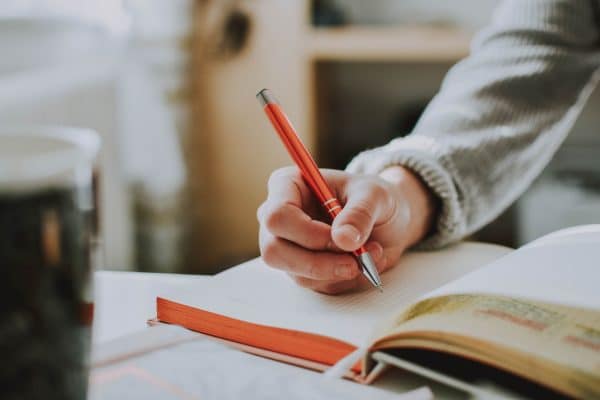Embarking on a self-guided classroom observation journey can be a game-changer for teachers looking to enhance their teaching methods and boost student success. This post will explore a comprehensive, step-by-step approach to help you informally observe your teaching, reflect on your practices, and make impactful changes. By embracing this self-reflective process, you’ll unlock your potential as an educator and create a more dynamic learning environment for your students.
Preparing for the Classroom Observation
Reflect on your teaching practices
Before diving into classroom observation, taking a step back and reflecting on your teaching practices is crucial. Identify your strengths and areas for improvement, considering factors such as student engagement, content delivery, and classroom management. Additionally, consider any feedback you’ve received from students or colleagues and student performance data to understand your teaching effectiveness comprehensively.
Set goals for improvement
Once you’ve reflected on your teaching practices, set specific, measurable, and achievable goals for improvement. These goals should target the areas you’ve identified needing enhancement and should be attainable within a reasonable timeframe. Creating a timeline for progress will help keep you focused and motivated as you work towards optimizing your teaching methods.
Plan for data collection
To effectively observe and analyze your classroom interactions, you’ll need to establish a plan for data collection. Choose methods that suit your needs and preferences, such as taking notes during class, recording audio or video, or using a structured observation form. In addition, select tools and resources for data analysis, like spreadsheets or specialized software, to help you systematically evaluate your findings and identify patterns or trends. This planning will lay the groundwork for a successful self-guided classroom observation process.
Conducting the Classroom Observation
Observe classroom dynamics
During the observation, focus on the overall classroom dynamics. Pay close attention to student engagement and behavior, noting positive interactions and any potential issues that may arise. Additionally, assess the effectiveness of your classroom management strategies, including how you address disruptions, maintain a positive learning environment, and promote collaboration among students.
Analyze lesson delivery
As you observe your lesson delivery, evaluate the clarity and pacing of your instruction. Consider whether you effectively communicate key concepts and ensure students remain engaged and challenged throughout the lesson. Examine your use of questioning and assessment techniques, noting any areas where you could better gauge student understanding or facilitate deeper learning.
Consider student learning outcomes
To understand your teaching effectiveness comprehensively, it’s essential to consider student learning outcomes. Review student work samples and assessments, noting successes and areas where students may be struggling. Recognize patterns in student comprehension and misunderstandings, as these can offer essential insights into your instructional effectiveness and reveal areas with growth potential.
Reflecting on the Classroom Observation

Analyze collected data
After completing the classroom observation, it’s time to analyze your collected data. Review your notes, recordings, or observation forms to identify trends and areas for improvement. Consider how your findings align with your initial goals and whether any new insights have emerged during the observation process.
Adjust teaching strategies
Based on your analysis, determine which teaching strategies require adjustments. Implement these changes in your lessons, focusing on the areas you identified needing improvement. Continuously monitor the impact of these adjustments on student learning, and be prepared to make further modifications as required.
Seek feedback from colleagues
As you reflect on your classroom observation, seeking peer feedback is helpful. Share your observations and insights with colleagues, and be open to their suggestions and perspectives. Collaborating with fellow educators can develop new strategies and resources, further enhancing your teaching practices and promoting a culture of continuous improvement.
Embracing Classroom Observation: A Path to Teaching Excellence
In conclusion, embracing self-guided classroom observation is essential to teaching excellence. With these tips, you can effectively observe, reflect, and refine your lessons, leading to a more engaging and dynamic learning environment.
Also, remember to stay informed about innovative tools and resources that can enrich the learning experience for students. A few such tools are found at KeyboardingOnline, where we offer a comprehensive suite of typing programs designed to help students of all ages develop crucial keyboarding skills. By incorporating KeyboardingOnline into your educational toolkit, you can better equip students with the essential typing skills needed to succeed in today’s technological world.
